
Ventricular assist device
A ventricular assist device (VAD) is a mechanical pump that can be surgically placed to help move blood from your heart to the rest of your body. In end- stage heart failure, the heart is not able to pump enough blood through the chambers of the heart to meet the body’s needs. By implanting a VAD, your medical team can help your body get the blood supply it needs when your heart is unable to do it on its own. Having a VAD placed can improve your heart failure symptoms and allow you to return to the activities you love. The potential benefits do not come from surgery alone, but also depend on you to follow the treatment plan prescribed by your VAD team.
VAD care journey

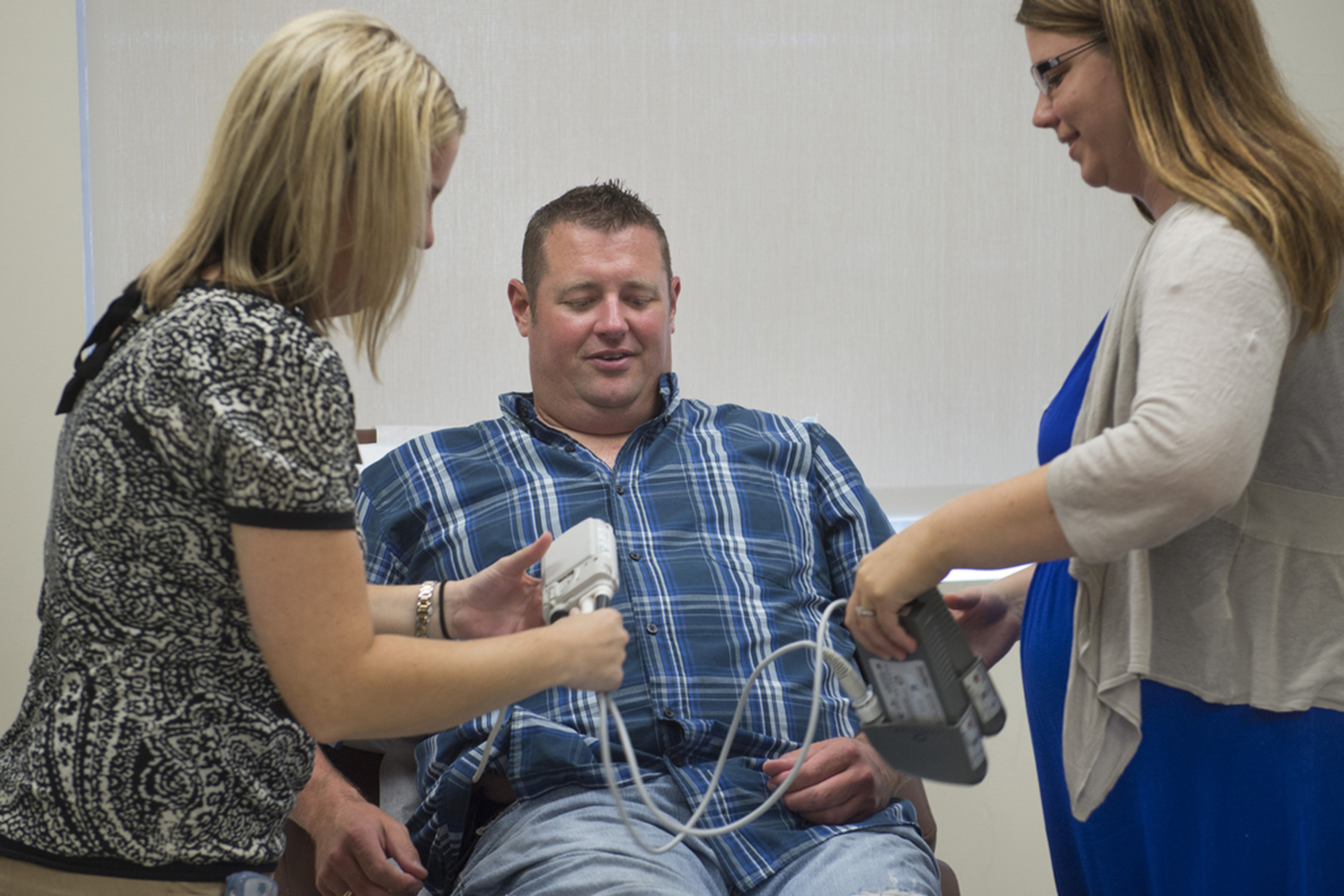
During evaluation process you will undergo multiple tests and procedures to ensure the device will be a benefit to your health.

During surgery, a heart surgeon will decide which device is right for your particular condition. The device helps your heart to pump blood throughout your body.
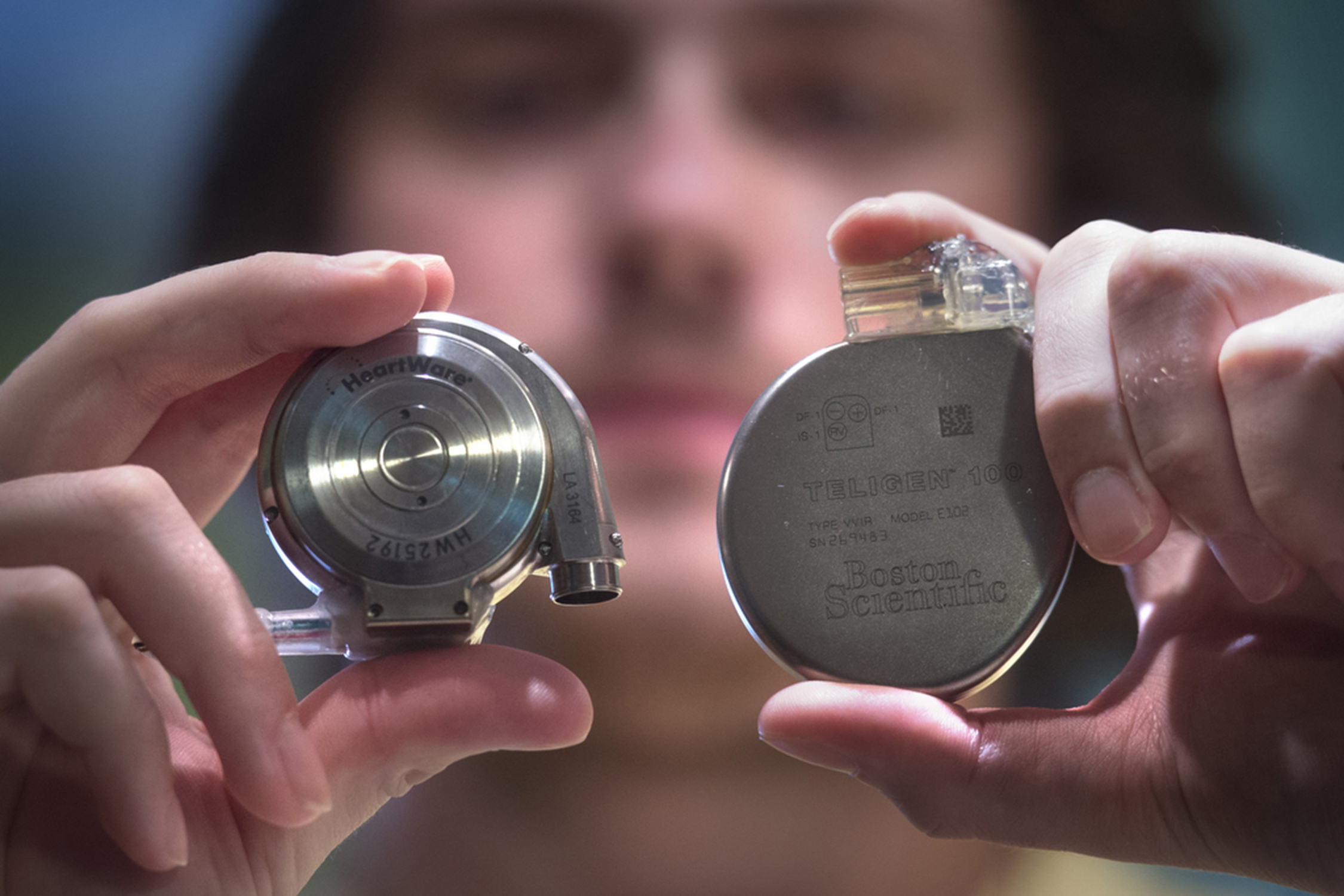

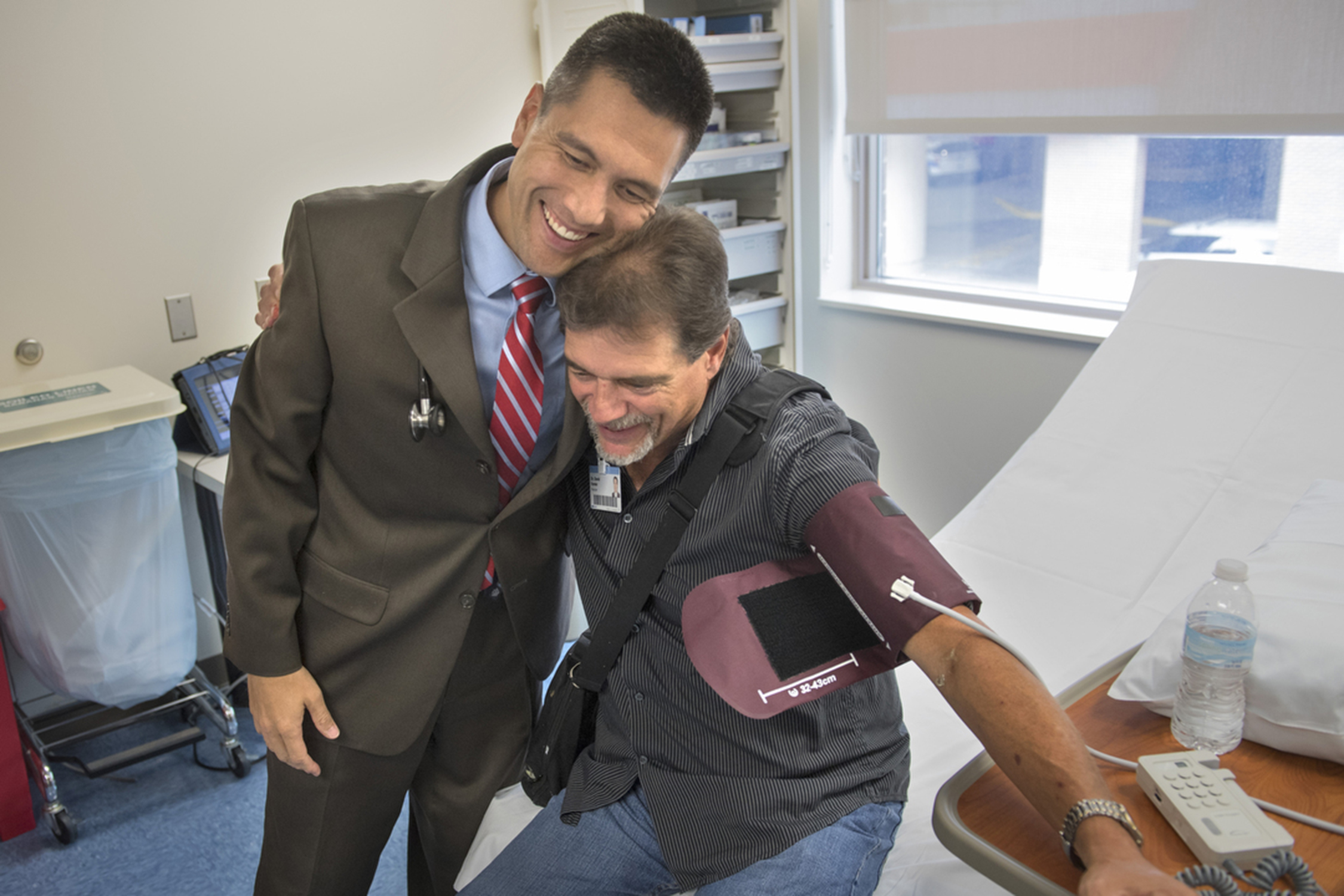
After surgery you will continue to have a lifelong relationship with our team. Regular clinic visits, labs and other testing will be necessary to make sure your VAD continues to function properly.

The VAD clinic and team will be a regular part of your life. The clinic offers a variety of services to help keep patients out of the hospital. The VAD clinic may also partner with your local hospital to help keep your care close to home.
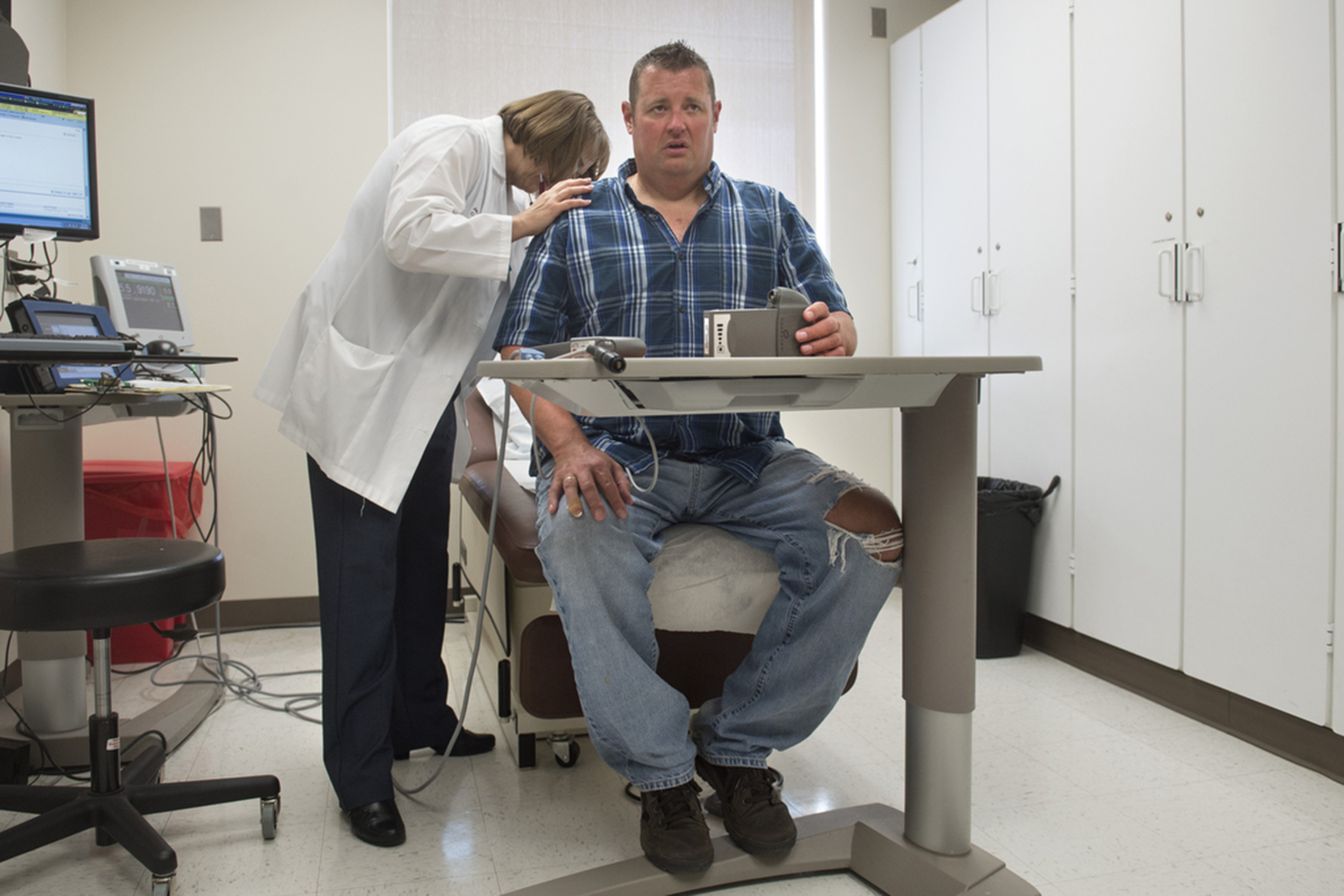
What is a VAD?
A VAD has a few different parts:
- A mechanical pump is attached directly to your heart and main blood vessel (aorta).
- A driveline is a cable that connects the internal pump to the external controller.
- An external controller is a small computer that is used to control the settings on the pump and to gather information from the pump.
- The controller is always attached to power, either to portable batteries or to a power cord that plugs into the wall.
How does it work?
The VAD pump is surgically implanted in the chest, in a sac around the heart known as the pericardial space. The small size of the pump allows it to be implanted using a smaller incision than required with older ventricular assist device technologies. The pump is connected directly to your heart at the bottom of the ventricle, where it draws oxygen-rich blood through the pump and pushes it into your aorta. Once blood reaches the aorta, it can flow to the rest of the body.
Despite the device's compact size, it will pump enough blood every minute to decrease heart failure symptoms. Your doctor will program the VAD pump so it delivers the right amount of flow for your body’s needs.
Why choose us
- We offer minimally invasive surgery
- We have an expedited evaluation process
- Our program has better patient survival after surgery as compared to national databases
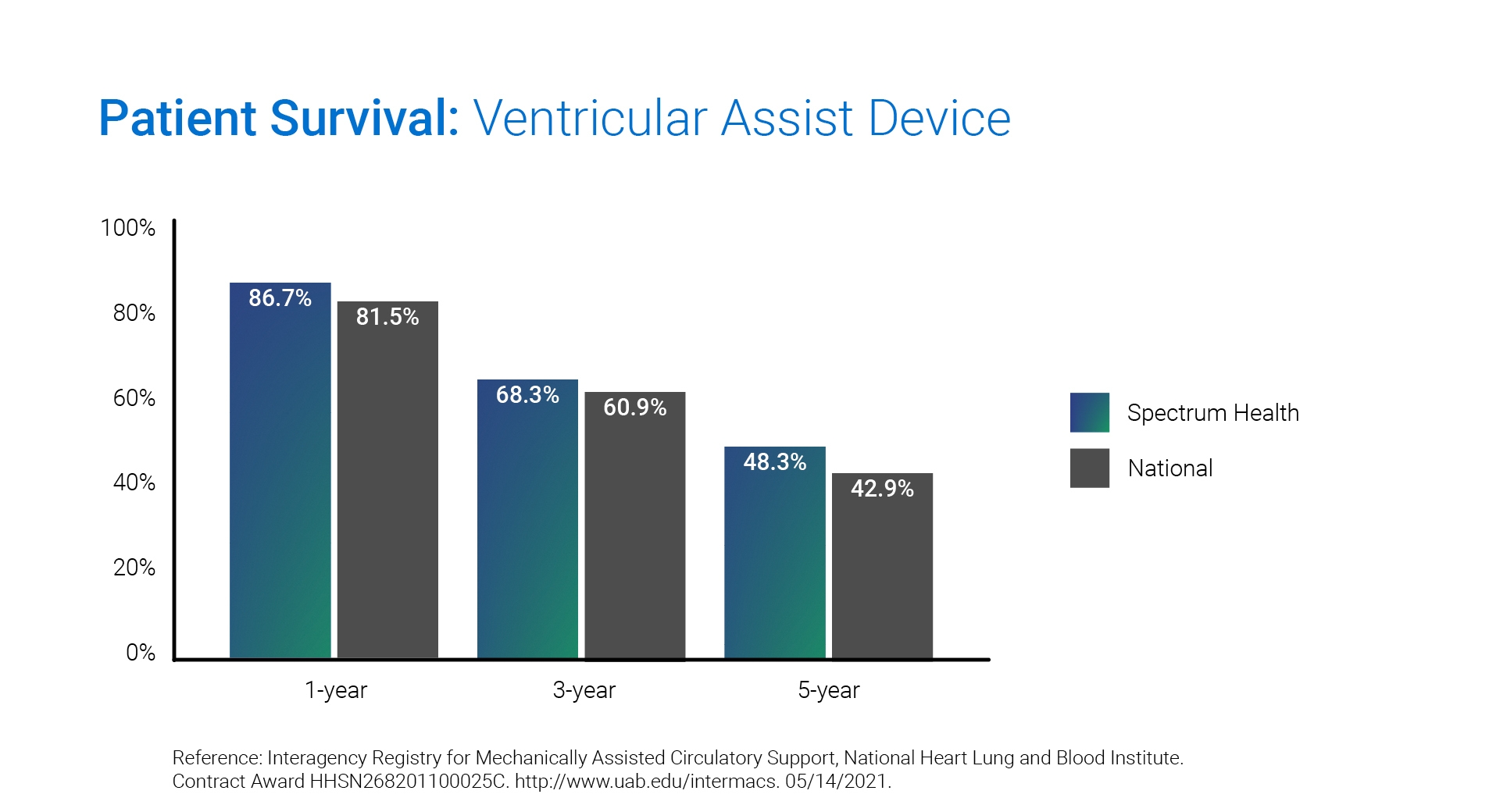
**Includes all patients implanted with continuous-flow LVADs between June 23, 2006, and March 31, 2019.
Spectrum Health is proud to bring the latest VAD technology to West Michigan. People who have a VAD require a highly trained and dedicated group of clinical and clerical professionals to walk the journey with each individual patient, family and friend. Choosing Spectrum Health for your VAD means access to a program with top survival outcomes, innovative research, personal transplant coordinators and rapid clinical evaluations. Call us today to schedule a personalized evaluation to see if you qualify for our program.
Why might I need a VAD?
A VAD is a treatment option for heart failure no longer helped by medicine. End-stage heart failure is a disease where the heart is no longer able to pump enough blood to meet the demands of the body. This can happen if the heart is damaged, very weak or both. You may need a VAD if you:
- Have heart failure symptoms even with medical therapy for at least 60 of the last 90 days
- Have a left-side ejection fraction (used to measure heart function) of <25%
- Need IV medicines like milrinone to control your heart failure symptoms
Your doctor may refer you to our clinic for evaluation. You may also choose to reach out to us if you no longer feel your medical treatment is working. VAD implant surgery is complicated and may not be right for everyone. The goal of having a VAD placed is to improve the quality and length of your life.
When to ask for a second opinion
Our clinic will perform an evaluation to see if a VAD is an option for you. Our highly specialized physicians and surgeons will collaborate to discuss individual cases and develop personalized care plans for our patients. Please call our team to request a second opinion if you have experienced any of the following:
- Continue to have symptoms even after medical treatment
- Recommended treatment plan seems risky or you are unsure about the recommendation
- A second opinion regarding the need for a VAD should always be considered, VAD programs have different criteria for assessing acceptability
Meet our VAD team


 221 Michigan St NE, Suite 300, Grand Rapids, MI 49503-2537
221 Michigan St NE, Suite 300, Grand Rapids, MI 49503-2537

 221 Michigan St NE, Suite 300, Grand Rapids, MI 49503-2537
221 Michigan St NE, Suite 300, Grand Rapids, MI 49503-2537

 221 Michigan St NE, Suite 300, Grand Rapids, MI 49503-2537
221 Michigan St NE, Suite 300, Grand Rapids, MI 49503-2537Cardiothoracic Surgery
Cardiothoracic Surgery
The VAD process

To decide if a VAD is a good treatment option, you will have an evaluation. The evaluation includes laboratory tests, imaging tests and meeting with members of our health care team. All the information from your evaluation is collected and brought to a selection committee meeting where the team will discuss if a VAD would be a benefit to you. Your VAD nurse coordinator will help guide you and your family through the evaluation process.

After your five-to-six-hour VAD implant surgery, you will be cared for by a specialized VAD team. How long you are in the hospital depends on how quickly you recover from your surgery, but typically you will stay in the hospital for three to four weeks after your VAD implant. After you leave the hospital you will still be recovering and will have some restrictions on your daily activities until you are fully healed and cleared by the VAD team.
A caregiver is someone who helps you with your medications, drives you to clinic appointments and supports you as you recover from surgery. A caregiver is usually a family member or can be a close friend. After your VAD implant, it is expected that you will have a caregiver with you for the first several weeks after coming home from the hospital. If you live more than two hours away from our VAD center, it is expected that you stay in the local area for up to three months following your VAD.
The VAD team will follow your progress and monitor you on a long-term basis. You must come to follow-up appointments and have frequent lab tests and studies done regularly. These tests are to check on your health and how well the VAD is working. After your VAD implant, you will need to take blood thinners and have your blood tested regularly for the rest of your life. You will also need a caregiver to change your VAD dressings for the rest of your life.
The external parts of your VAD (controller, batteries, battery chargers, etc.) will be replaced on a regular basis to make sure they are working well. The internal pump and driveline are permanent and will not be regularly replaced.
Contact Us
For more information or to schedule an appointment


